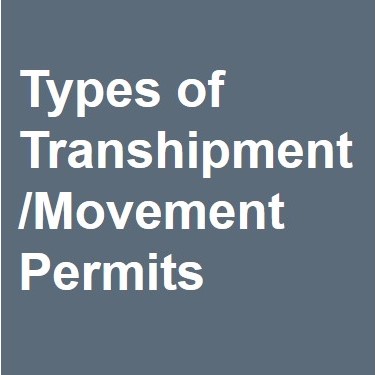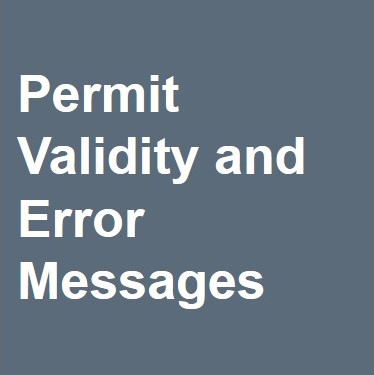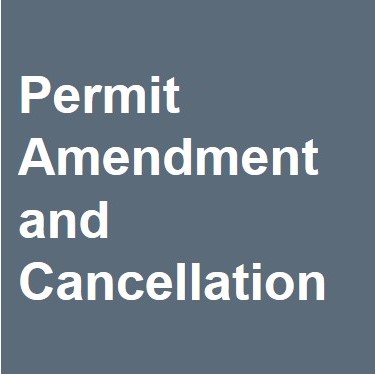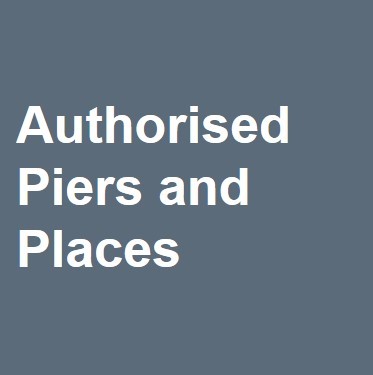Transhipment Procedures
Transhipment Procedures
The transhipment and transit of goods through Singapore are regulated under the Customs Act, the Regulation of Imports and Exports Act, the Strategic Goods (Control) Act, and other legislations enforced by the relevant Competent Authorities.
The transhipment of all goods is not subject to duty or Goods and Services Tax (GST).
Transhipment Requirements
A Transhipment Agent is required to obtain a Customs transhipment permit (where applicable) before the transhipment of goods. The Transhipment Agent is the party who arranges for the transhipment of goods through Singapore and can include a freight forwarder, Non-Vessel Owning Common Carrier (NVOCC) or shipping agent.
For more information on the types of Customs permits and situations where no customs permit is required, please click here.
Visit links below for more information of Transhipment requirements:
Errors and Offences
Traders may be penalised if they do not comply with the Customs requirements imposed under the Customs Act, the Regulation of Imports and Exports Act (RIEA), the Strategic Goods (Control) Act (SGCA) and their subsidiary legislation.
Examples of common offences
- Violation of permit conditions
- Failure to produce a permit for Customs clearance at the FTZ “In” gate (second checkpoint) for inter-gateway movement
- Making an incorrect declaration
- Incorrectly declaring controlled goods as ship spares, where the controlled goods require prior approval from the relevant Competent Authority
- Transhipping goods without a permit
- Failure to obtain a Transhipment permit with Message Type “Out (with or without CO)” and Declaration Type “Direct (including storage in FTZ) (DRT)” when there is inter-gateway movement between two FTZs
- Transfer of strategic goods without the correct permits
- Transhipping information security equipment, which are controlled under the SGCA, with an Outward Transshipment (“OT”) permit instead of the Strategic Goods Transhipment (“XP”) permit
Singapore Customs may compound the offences for a sum not exceeding S$5,000 per offence for minor offences under the Customs Act and RIEA, and not exceeding S$10,000 per offence for minor offences under SGCA. Offenders may be prosecuted if the offence committed is of a fraudulent or serious nature.
Do take note of the following before transhipping goods through Singapore:
-
Check if the goods you intend to tranship are strategic goods, controlled goods, or prohibited goods for transhipment.
-
The United Nations Security Council (UNSC) imposes sanctions that prohibit the importation, exportation, transhipment and transit of certain goods through Singapore to some countries. Please refer to the relevant UNSC Resolutions for more information.
For more information on permit requirements for transhipment or transit of strategic goods, and goods intended or likely to be used in connection with weapons of mass destruction, please click here.
Penalties upon conviction for key offences
| Key Offences | Penalty Upon Conviction |
|---|---|
| Failure to comply with conditions imposed on removal of goods from customs control (Section 27(1)(c) of the Customs Act) |
A fine not exceeding S$5,000. |
| Making an incorrect declaration (Section 128(1)(a) of the Customs Act) |
A fine not exceeding S$10,000, or the equivalent of the customs duty, excise duty or GST payable, whichever is the greater amount; or imprisonment for a term not exceeding 12 months, or both. |
| Importing, exporting or transhipping goods without a permit (Regulation 3(1) of the Regulation of Imports and Exports Regulations [RIER]) |
First conviction: A fine not exceeding S$100,000 or 3 times the value of the goods, whichever is greater, or imprisonment not exceeding 2 years, or both. Second or subsequent conviction: A fine not exceeding S$200,000 or 4 times the value of the goods, whichever is greater, or imprisonment not exceeding 3 years, or both. |
| Transfer of strategic goods without a valid strategic goods export/transhipment permit (Section 5(1)(a) of the Strategic Goods (Control) Act [SGCA]) |
First conviction: A fine not exceeding S$100,000 or 3 times the value of the goods or technology involved, whichever is greater, or imprisonment not exceeding 2 years, or both. Second or subsequent conviction: A fine not exceeding S$200,000 or 4 times the value of the goods or technology involved, whichever is greater, or imprisonment not exceeding 3 years, or both. |
You may refer to more information on the offences and penalties under the Customs Act, RIEA and SGCA here.
Best Practices
You are accountable as a Transhipment Agent and Declaring Agent for the transhipment and inter-gateway movement of goods. You are encouraged to observe the following Dos and Don’ts to improve your compliance with regulatory requirements:
-
✔ Inform Singapore Customs if there is any change in your company’s particulars to ensure you receive timely updates on regulatory changes.
✔ Know the transhipment procedures and declaration requirements before you tranship goods. Check with the relevant Competent Authority on requirements to tranship controlled items.
✔ Know the contents you are transhipping for each consignment by clarifying with the forwarder or other relevant parties.
✔ Ensure you provide the necessary supporting documents and information for permit declarations to your declaring agents and freight forwarders.
✔ Ensure product details such as the Harmonized System (HS) code, quantity and description are correctly declared.
✔ Remind drivers to produce the goods and related permit for clearance at the checkpoints declared. Remarks such as “Customs Endorsement Required” could be stamped on a prominent place on the permit.
✔ Keep your supporting documents for a minimum of 5 years.
-
✖ Manipulate (for example, re-pack or re-label) the goods during the inter-gateway movement.
✖ Use transhipment procedures for unauthorised purposes (for example, temporarily bringing goods from FTZ into customs territory for exhibition or other use).
✖ Make a declaration without verifying the authenticity of all supporting documents.
✖ Share your TradeNet user ID and password with other persons.
✖ Use your company’s Unique Entity Number (UEN) to tranship goods not belonging to you unless you are acting as a handling agent for overseas customers (without an UEN). In doing so, you also undertake the responsibility to ensure that all regulatory requirements are complied with.
For more information on:
 |
 |
 |
 |

